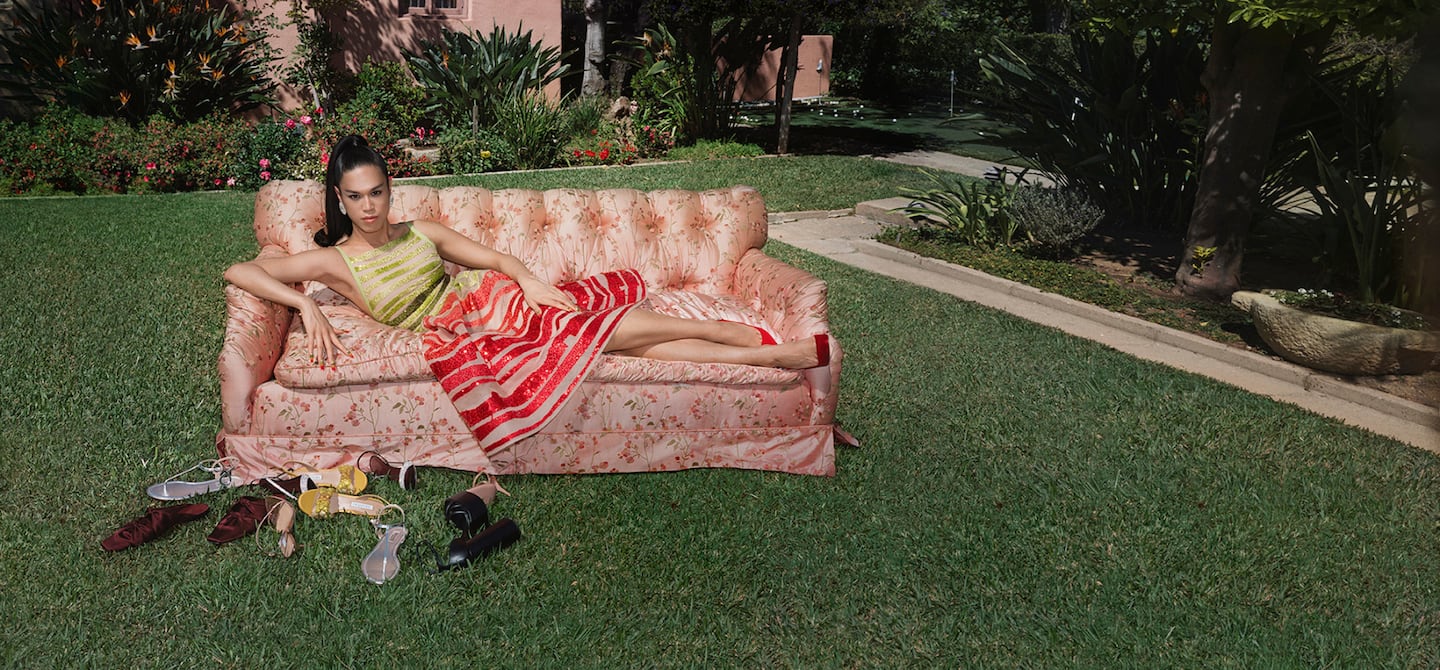
The Business of Fashion
Agenda-setting intelligence, analysis and advice for the global fashion community.

Agenda-setting intelligence, analysis and advice for the global fashion community.

The e-commerce giant’s luxury fashion vertical, first introduced in the US in September 2020, is now available in the UK, Germany, France, Italy and Spain, the company announced June 8.
Shoppers can browse ready-to-wear pieces online — via the Amazon website or the mobile app — from luxury fashion and beauty labels such as Christopher Kane, Dundas, Mira Mikati, Rianna+Nina and Altuzarra.
Luxury Stores customers in the UK and Europe will benefit from free shipping on their orders. Participating brands will sell their inventory directly to buyers, independently determining assortment and pricing on the platform.
“Amazon offers the tools and technology to create and personalise original content in each of their unique brand voices to engage and inspire, opening a new door for designers and brands to access existing and new luxury customers,” the company said in a statement.
ADVERTISEMENT
Learn more:
How Can Viral Amazon-Native Beauty Brands Grow?
Holding companies and well-financed new Amazon aggregators alike are snapping up beauty and wellness sold exclusively on the platform. But growing them within and beyond the Amazon ecosystem will be challenging.
The British musician will collaborate with the Swiss brand on a collection of training apparel, and will serve as the face of their first collection to be released in August.
Designer brands including Gucci and Anya Hindmarch have been left millions of pounds out of pocket and some customers will not get refunds after the online fashion site collapsed owing more than £210m last month.
Antitrust enforcers said Tapestry’s acquisition of Capri would raise prices on handbags and accessories in the affordable luxury sector, harming consumers.
As a push to maximise sales of its popular Samba model starts to weigh on its desirability, the German sportswear giant is betting on other retro sneaker styles to tap surging demand for the 1980s ‘Terrace’ look. But fashion cycles come and go, cautions Andrea Felsted.